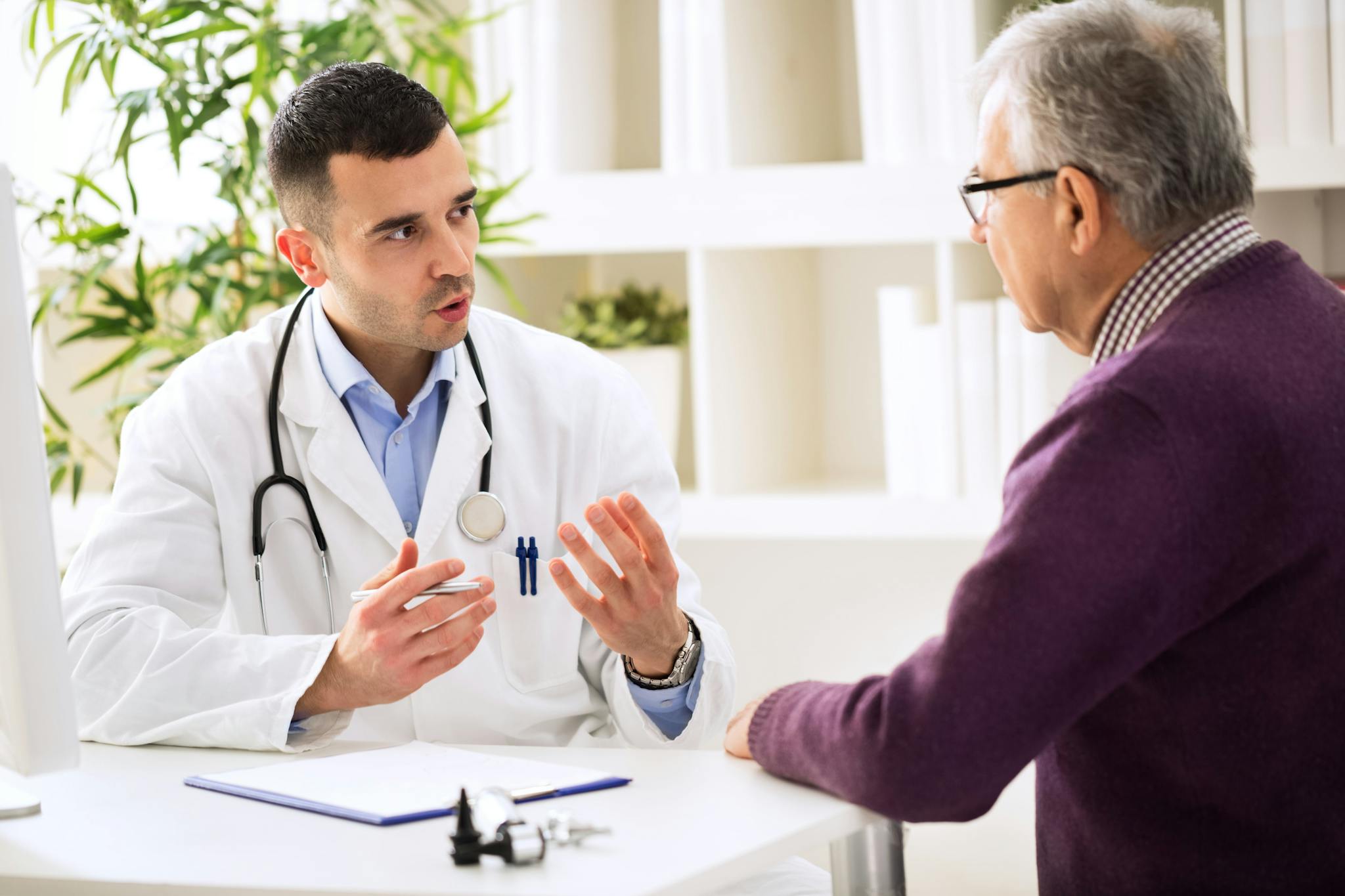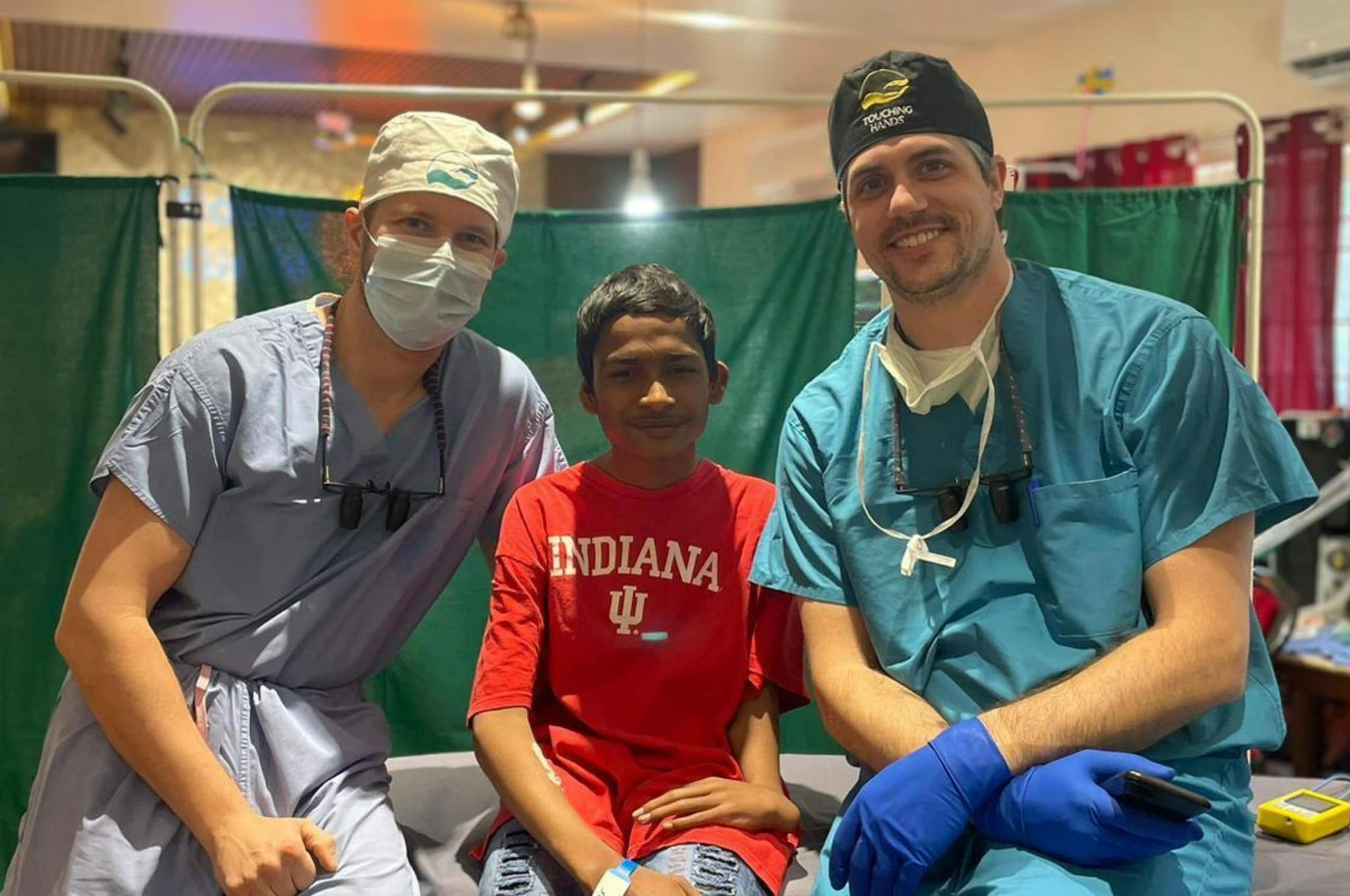
2025-06-10T13:54:10
Understanding Skin Grafts
- Dermatology
- Family Medicine
- Internal Medicine
- Orthopedics
October 21, 2016 | Orthopedics
Specialties:Orthopedics

Scoliosis is a condition characterized by an abnormal curvature of the spine. The condition affects 2 to 3 percent of the population, according to the American Association of Neurological Surgeons, which means 6 to 9 million people in the United States have curvature of the spine.
When viewed from the side, you can see the natural curves of the spine at the neck, shoulders and small of the back. When looking at a normal spine from the back, the bones of the spine should form a straight line with no curves to the left or the right. When viewing the spine of a person with scoliosis from the back, however, the bones of the spine may curve to the left or to the right. This abnormal sideways curvature can cause pain and disability, as a curved spine does not work as well as it should. In some cases, the curvature can restrict space in the ribcage, crowding the heart and lungs.
There are three main types of scoliosis, categorized according to their cause. Idiopathic scoliosis, or “scoliosis of an unknown cause,” is the most common type. Congenital scoliosis is curvature of the spine caused by a birth defect. Neuromuscular scoliosis is the result of severe neuromuscular disease, such as cerebral palsy.
People of all ages can have scoliosis but curvature of the spine usually develops as a child grows. The most common type of scoliosis, adolescent idiopathic scoliosis, usually develops after the age of 10. Girls have a much higher risk for scoliosis, according to the National Institutes of Health (NIH).
Signs and symptoms of scoliosis include:
In some cases, the spine twists or rotates in addition to curving to one side. This can cause the ribs to stick out further on one side than on the other. Those with scoliosis often experience backache or low back pain, and a tired feeling in the spine after sitting or standing for a long time.
Scoliosis usually develops during childhood, and parents are often the first to notice curvature in a child’s spine. Teachers, especially physical education teachers, can also detect curvature of the spine as a child sits in class or engages in sports.
Doctors usually diagnose scoliosis in children, often on school screening exams. The clinician will take a detailed medical history and may ask questions about recent growth. During the exam, the practitioner may have the child stand straight then bend forward from the waist with arms hanging loosely. The doctor may perform a neurological exam, checking for numbness, muscle weakness and abnormal reflexes.
Standard x-rays can confirm a diagnosis of scoliosis and determine the severity of the curvature. The doctor may order additional tests to determine if the curvature is the result of an underlying condition.
Treatment for scoliosis depends largely on the degree of spinal curvature and the skeletal maturity of the patient, or how much more growth can be expected in the patient. A small degree of curvature in a patient whose spine is nearly done growing will probably not need treatment, for example, while a young child with severe curvature will likely need treatment for scoliosis.
There are three main treatment options for patients with scoliosis:
If you have scoliosis, or think that your child might have curvature of the spine, make an appointment with Revere Health. Our orthopedic professionals offer a full range of orthopedic services related to scoliosis.
WRITTEN BY:
The Live Better Team

2025-06-10T13:54:10

2024-06-21T14:29:51

2024-02-06T11:40:13

2023-03-30T11:23:12
This information is not intended to replace the advice of a medical professional. You should always consult your doctor before making decisions about your health.